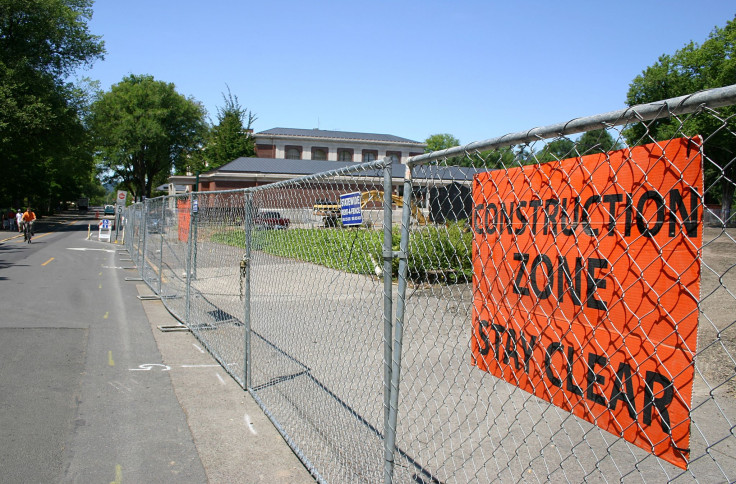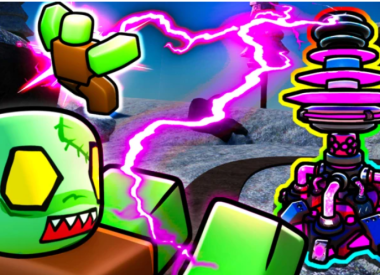Angel Say, the co-founder of InsiteVR, got into the architecture VR game after seeing how the newly-constructed Northwest Corner Building at Columbia University blocked almost a third of the sky for the university’s night observatory.
That type of mishap won’t happen in the future according to Say, not with the power of design VR. Say, along with Guy Messick and Kelly Funk, respectively the director of design intelligence and a senior workplace strategist at IA Interior Architects , presented a panel at SXSW about how their team successfully implemented VR into the design process.
Attendees at our #VRforArch panel at #SXSW2016 test drive the #VR environment pic.twitter.com/GJlk2r0qoC
— Interior Architects (@IAarchitects) March 15, 2016
“When you put on a VR headset, people say that your lizard brain takes over, so this very primitive part of your brain takes over,” Say said. “[We had this one client who] stuck his hands out and he wasn’t actively thinking about it, it was just the natural thing where he wanted to point to something that he thought was there. That’s really where you see our subconscious interacting with VR, and that’s really powerful. How do we take advantage of that?”
IA Interior Architects’ VR system, which runs off the Samsung Gear VR for mobility reasons, allows its clients to walk through a design and understand it in a way that simply isn’t translatable without presence. The system can allow clients to envision the effect of high ceilings, or understand why a glass panel hallway is worth an extra 10 percent in construction costs. One client even rejected a cafeteria design after seeing it rendered in VR.
“The fact that [the cafeteria design client] said that, after months of us presenting to them renderings and drawings — they didn’t get it, they just didn’t get it until they put the headset on and actually walked through the space themselves,” said Funk. “With VR, being able to bring that earlier in the process is going to not only be better for the actual end users, by making them more involved, but also save the client a lot more money and some headaches too, instead of moving into a space that doesn’t quite work.”
IA Interior Architects hopes to one day use the VR systems to create interactive instructional maps, allowing employees to explore their new workspace before it’s physically ready. If designers tagged objects in a VR system for example, employees could better understand whether or not they have permission to draw on a drawable wall, or a worker where to place or remove exactly which object.

















